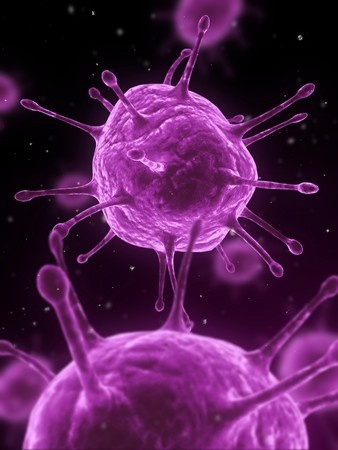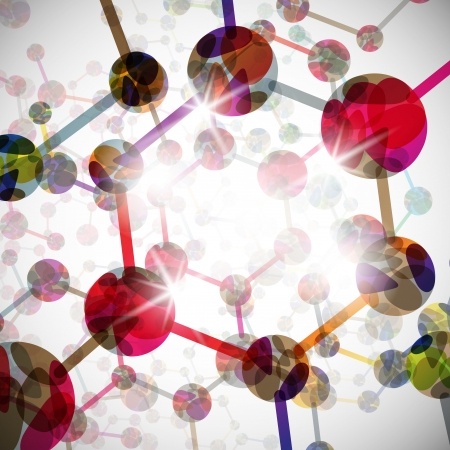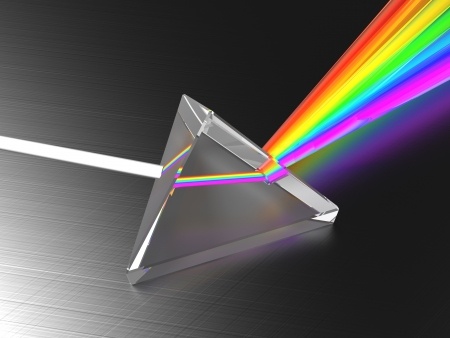Bugs in your belly button, bones, and fried brains – this weeks best science stories to captivate your students.
SciNews is published every Monday and Thursday. Stay tuned for more.
 Biology
Biology
Flashback Friday: Here’s a list of what’s currently living in your belly button. Discover
Have you ever wondered what exactly is inside your belly button? Well, besides the lint (which is mostly derived from actual lint), there is a whole ecosystem of microorganisms that call the navel their home. The authors of this study used DNA sequencing to identify these organisms, determining that the belly button microbiome is dominated by a few common members (see excerpt below), but the remaining species are diverse. The most surprising result, however, was the discovery of two different types of Archaea (a domain of single-celled organisms often found in extreme environments such as hot springs and not previously reported on human skin) from “an individual who self-reported not having showered or bathed for several years.” Talk about an “extreme environment”– I just feel sorry for whoever had to swab that person’s belly button! Read More…
Chemistry

As carbon emissions climb, so too has Earth’s capacity to remove CO2 from atmosphere. Science Daily
New research confirms that as carbon emissions continue to climb, so too has the Earth’s capacity to absorb carbon dioxide from the atmosphere. Read More…
Scientists ‘see’ thunder for first time. Science News for Students
With thunder, there’s always lots to hear. Now there’s also something to see. For the first time, scientists have precisely mapped the loud clap radiating from a lightning strike. This picture of thunder’s origins could reveal the energies involved in powering some of nature’s flashiest light shows. Read More…
Physicists observe attosecond real-time restructuring of electron cloud in molecule. Science Daily
The recombination of electron shells in molecules, taking just a few dozen attoseconds (a billionth of a billionth of a second) can now be viewed ‘live,’ thanks to a new method. Read More…
Earth and Space Science
Trip to Mars could damage astronauts’ brains. Science News for Students
Particles zipping through space could be the wrong stuff for Mars astronauts. A study using mice found these high-energy particles slice through the brain. They pruned back connections linking brain cells. This left the animals with memory and learning problems. The study’s authors now worry that astronauts could suffer similar effects on long missions outside Earth’s protective atmosphere. One example: traveling to Mars. Read More…



